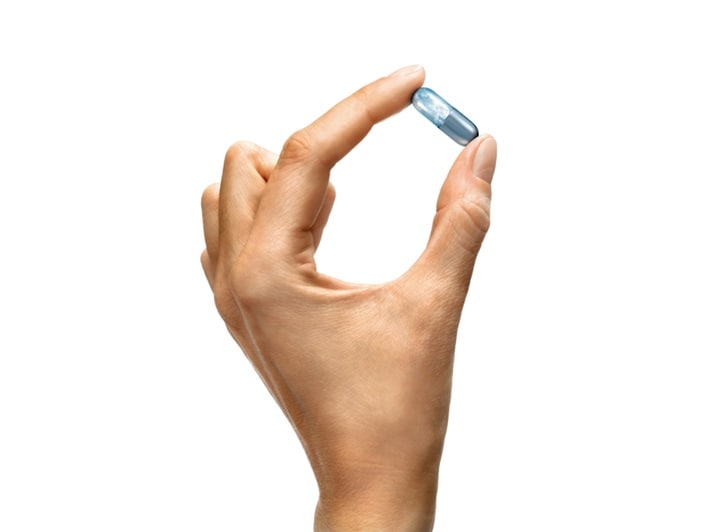Homecare
Our goal is to create a better quality of life for our patients in the home.
Linde Healthcare Homecare
Working with the healthcare community, we apply innovative technology, the latest medical research, and a wide variety of patient-focused services. We do more than simply deliver the product to the patient’s home. Our trained staff can install the device and educate the patient and family to achieve the best outcomes. We provide patient education materials and clinical follow-up. Our customer service is there to answer questions and meet requests for help. Technical service teams offer quick and effective assistance.
Oxygen Therapy for Patients at Home
Every day, we are entrusted with our patients’ well-being. Quality is just the beginning of our commitment. Regular oxygen treatment can improve both quality and length of life for COPD patients1,2. With support from Linde Healthcare, stable patients can be treated with oxygen therapy at home. We offer equipment and individualised programmes to fit the patient’s needs. New technology and our services enable independence and mobility.
- •An oxygen concentrator to extract oxygen from the surrounding air.
- •Medicinal oxygen in high-pressure cylinders to back up oxygen concentrator.
- •Liquid medicinal oxygen to enable large quantities of gas to be stored in the patient’s home.
Through our services, we can provide assistance and education as needed.
Read more: Langtids oksygenbehandling Veiledning
1. Nocturnal Oxygen Therapy Group. Continuous or nocturnal oxygen therapy in hypoxemic chronic obstructive lung disease: a clinical trial. Ann Intern Med 1980;93:391-8
2. Tarpy SP, Celli BR. Long-term oxygen therapy. N Engl J Med 1995;333:710-14








